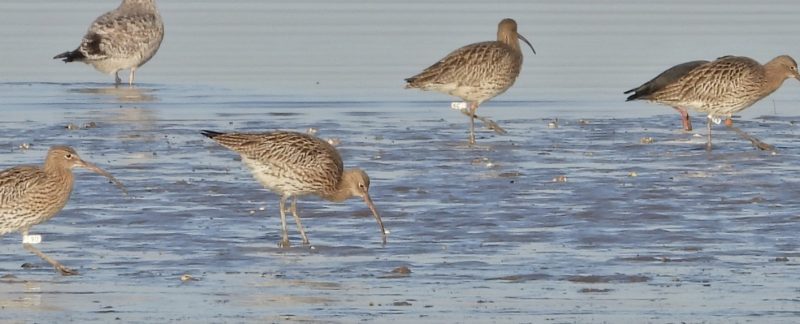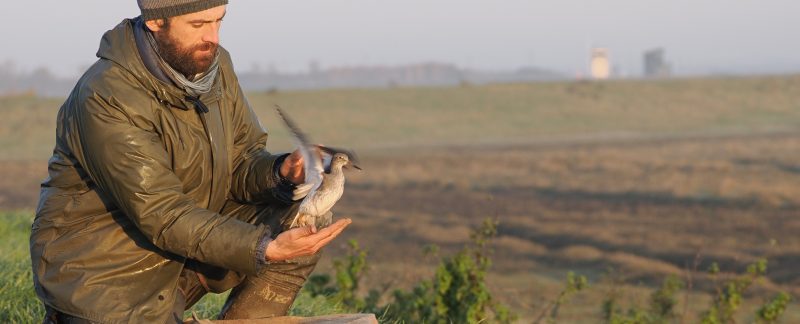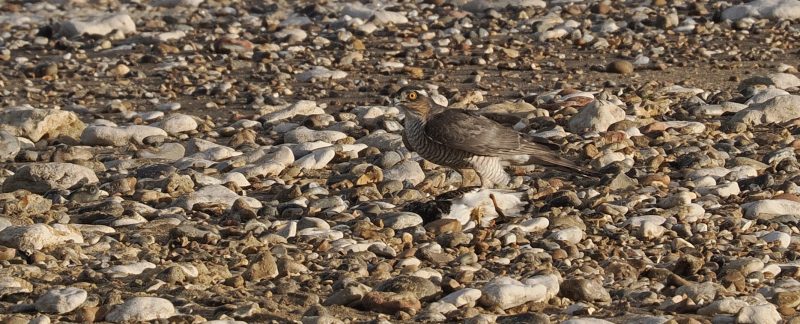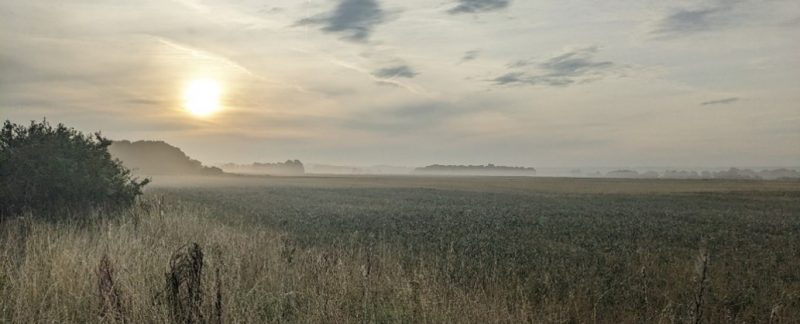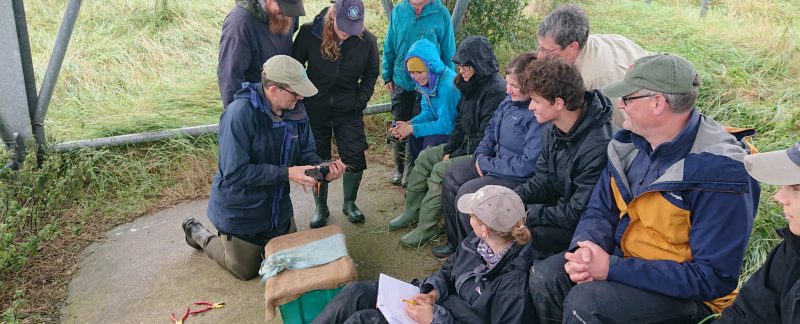If you have taken part in WWRG winter fieldwork over the past twelve years, you know that one tide of each fieldwork weekend is dedicated to resighting colour-marked birds. We have been applying leg flags to Bar-tailed Godwit since 2010, and Curlew since 2012, with over 200 people reporting one or more flag sightings. We use individual leg flags to both add to the survival data generated from metal rings (see Cook et al. 2021) and to look at how individual birds use the Wash and the surrounding area. Our first paper analysing how birds move around within the Wash has just been published in the journal Wader Study (Pell et al. 2023).
Continue Reading →